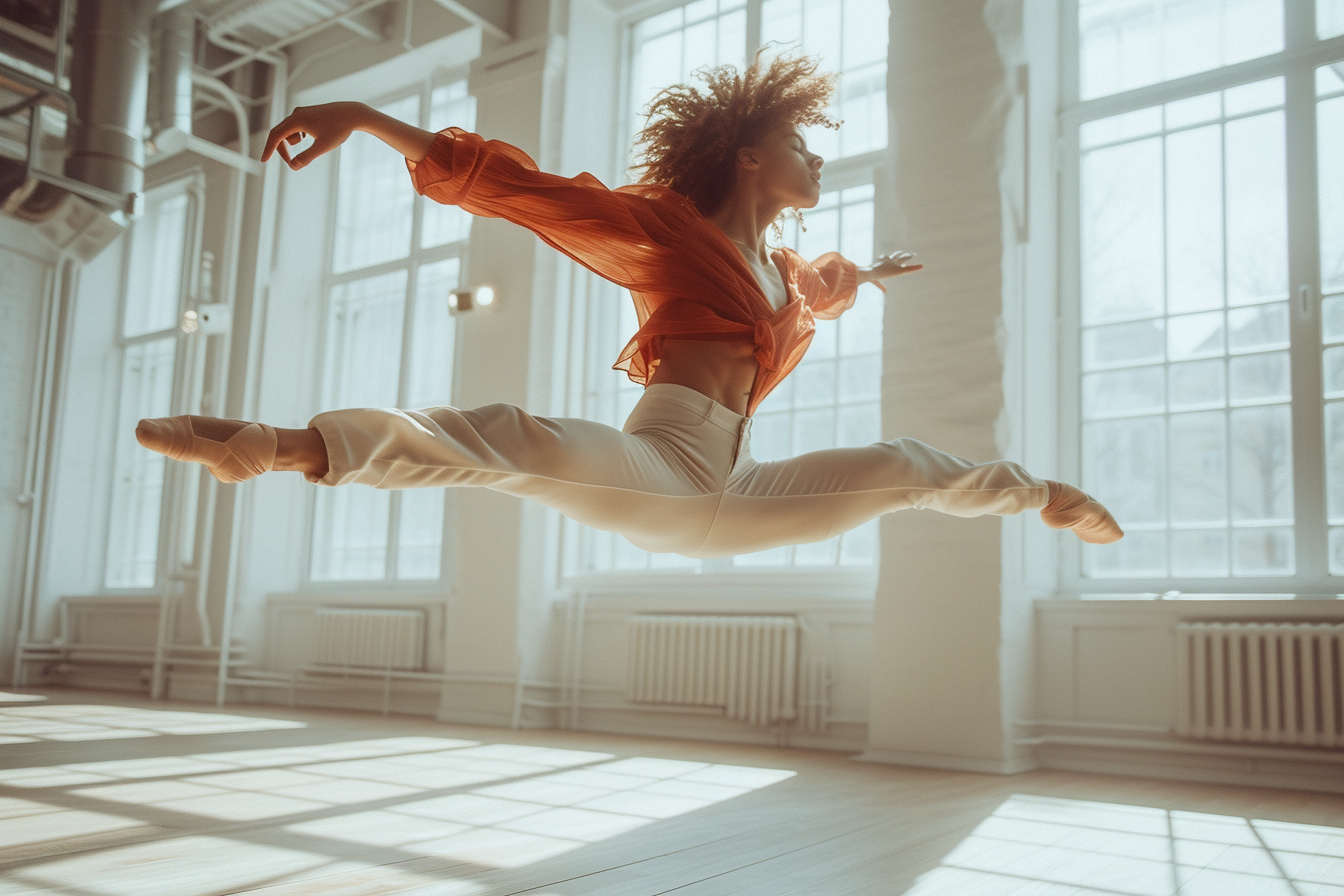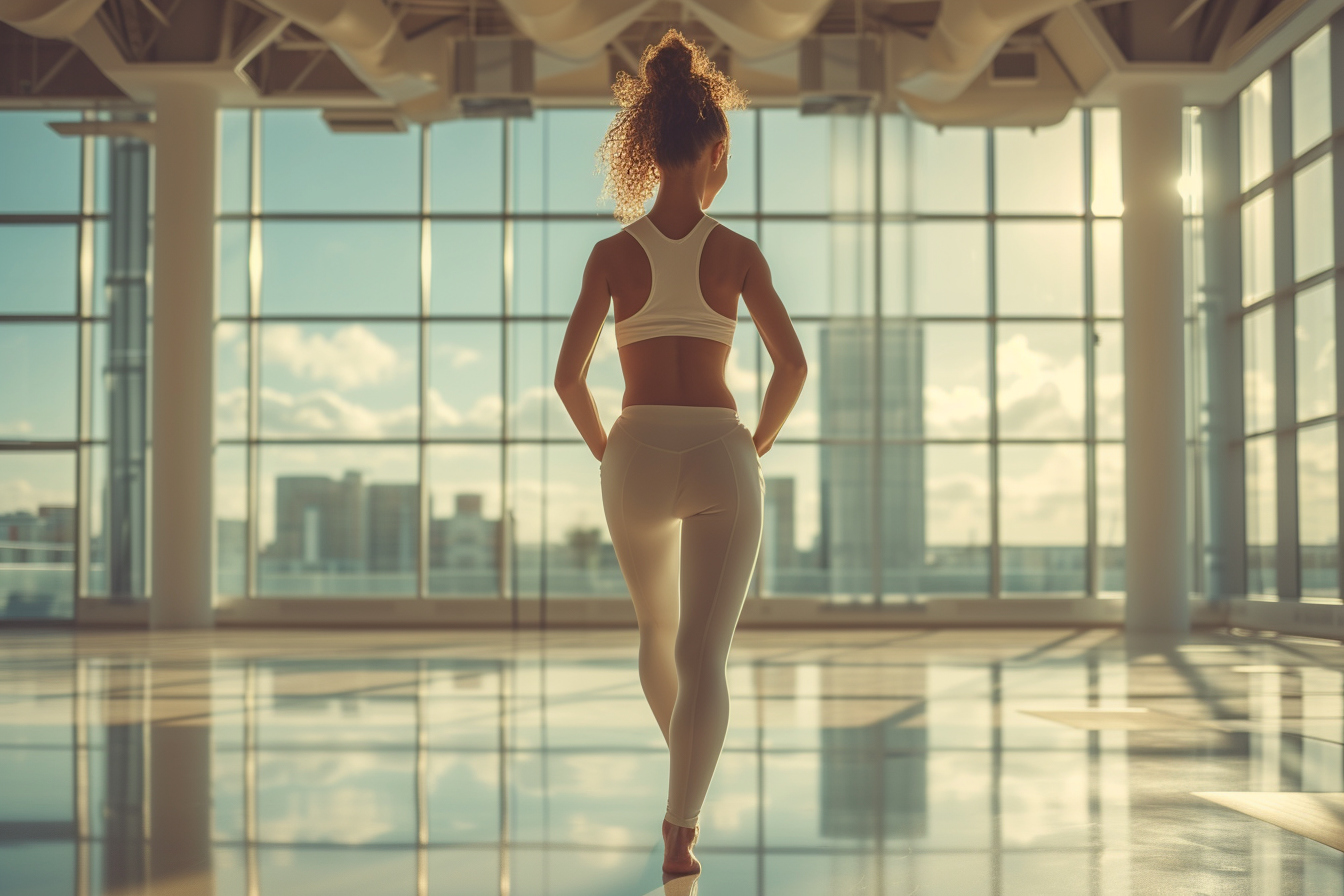
Contemporary dance melds the grace of ballet with the raw vitality of modern dance and jazz, encapsulating a broad spectrum of methods and expressions. If you’re aspiring to embrace this dynamic dance form, beginning with the right foundational steps is crucial. This comprehensive look into learning contemporary dance will pave the way for those unacquainted with the dance floor.
Understanding the essence of contemporary dance
A Historical Perspective: Originating in the mid-20th century, contemporary dance represents a departure from classical ballet’s rigidity, infusing a newfound freedom and emotional depth into movement. It’s an amalgamation of different dance styles and philosophies.
Characteristics Identifying the Genre: Fluidity and improvisation are hallmarks of the discipline, often prioritizing creative expression over strict technique. This dance form can be performed to a variety of musical genres, making it versatile and rich in interpretative potential.
Beginning steps: cultivating the dance mindset
Creating a Learning Environment: A supportive studio setting can be instrumental. Select a space that encourages creativity and fosters a sense of community. An environment that celebrates individuality is essential.
Mental Preparation and Goal-Setting: The journey into contemporary dance demands a combination of physical prowess and mental readiness. Crafting clear goals and a vision of what you want to achieve will lay the groundwork for a structured learning path.
The importance of physical conditioning
Developing Core Strength: A strong core is the powerhouse for contemporary dancers. Incorporating exercises like planks and Pilates can help build stability, which is vital for control during fluid movements.
Flexibility Training: Enhanced pliancy in muscles allows for a wider range of motion. Engage in regular stretching routines to elevate your flexibility, taking care never to push your body to the point of injury.
Cardiovascular Endurance: This dance genre often demands sustained energy. Improving cardiovascular health through activities like running or swimming will support prolonged dance sessions and improve stamina.
Fundamental techniques to master
Grounding and Alignment: Paying attention to how your feet connect with the floor, along with ensuring proper body alignment, is foundational to mastering balance and coordination in contemporary dance movements.
Understanding and Utilizing Breath: The breath should guide movement in contemporary dance. Learning to harness breath control can infuse your dance with fluidity and a sense of natural rhythm.
The Art of Improvisation: Despite the presence of steps and techniques, improvisation remains a core element of contemporary dance. Improv exercises assist in developing spontaneous reaction and personal expression.
Theoretical knowledge: a dancer’s intellect
Studying the Greats: Familiarize yourself with key figures in the dance form such as Martha Graham and Merce Cunningham. Watching their performances provides a visual lexicon of what contemporary dance embodies.
Musicality and Rhythm: A nuanced appreciation for music will enhance your ability to move expressively. Delve into various genres and understand how rhythm, beats, and musical phrasing can shape dance.
Practical progression: the learning curve
Warm-Up Rituals: Each session should begin with a comprehensive warm-up. This primes the muscles for intense activity, reduces the risk of injury, and mentally prepares you for the day’s routine.
Starting with the Basics: Embrace the learning phase by focusing on basic steps and sequences. Foundation classes guide beginners through fundamental movements and body awareness exercises.
Building Complexity Gradually: As proficiency in simple routines is gained, incrementally introduce complex sequences. This systematic approach encourages a sustainable progression, avoiding overwhelm and burnout.
Embrace errors as part of the learning process
Constructive Feedback: Seek out instructors who not only teach but also give feedback that pushes you forward. Choose constructive criticism over discouragement.
Regular Practice: Consistency is vital. Practicing regularly allows muscle memory to develop and helps to internalize rhythms and patterns.
Joining workshops and community classes
Networking and Exposure: Participating in contemporary dance workshops can deepen your understanding while connecting you with like-minded individuals. This network is invaluable for motivation and shared learning.
Exploring Different Styles: Every instructor or workshop leader brings a unique perspective. Sampling different classes broadens your horizons and challenges your adaptability.
The role of performance in growth
Recitals and Showcases: Performing in front of an audience can be a monumental learning experience. It offers an opportunity to confront stage fright, embrace vulnerability, and celebrate progress.
Self-Assessment through Recording: Videotaping your practice sessions or performances allows for self-evaluation. Watching yourself can reveal strengths and areas for improvement that might not be apparent in the moment.
Incorporating other dance forms for versatility
Cross-Training Benefits: Engaging in ballet, jazz, or hip-hop classes can supplement your contemporary dance skills. Each style informs body mechanics and enhances overall dance vocabulary.
Influences from Across Disciplines: Drawing inspiration from alternative dance forms encourages creativity and prevents the stagnation of style and technique. An eclectic approach can redefine personal expression within contemporary dance.
Taking on the pursuit of contemporary dance is as much a journey of personal development as it is of physical mastery. With these essential steps, beginners can navigate the complexities of this expressive art form with confidence. Embark upon this path with patience, enthusiasm, and an open heart, and watch as the world of contemporary dance unfolds in all its intricate beauty. The floors are waiting, the music is beckoning—your dance story is just waiting to be written.

Leave a Reply